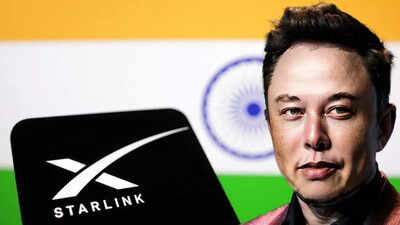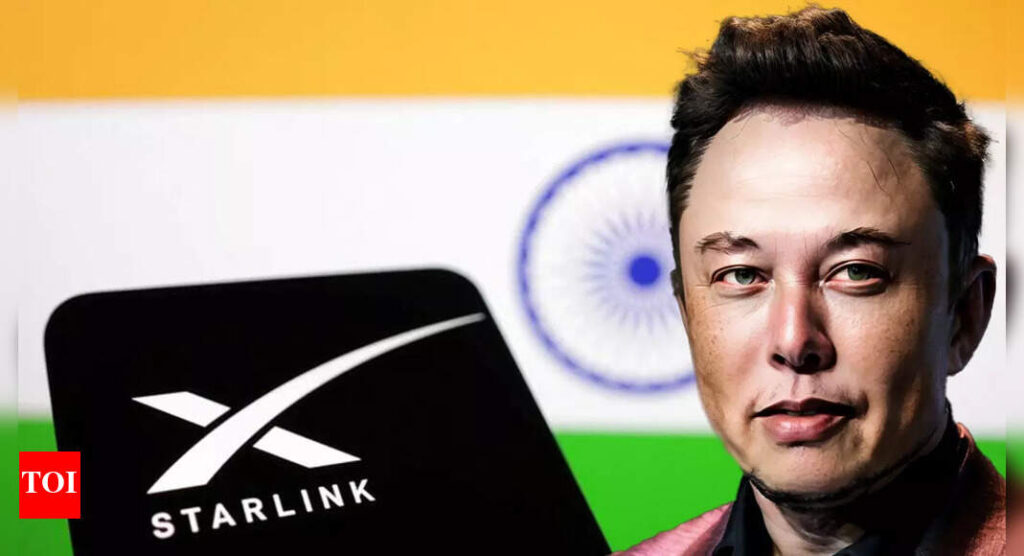
Elon Musk-led Starlink has been issued a Letter of Intent by the Indian government for satcom services. SpaceX, established in 2002 by Elon Musk, the world’s wealthiest individual, has created Starlink, a satellite-based internet service. This American aerospace and space transport enterprise offers global high-speed internet connectivity with minimal delay through its satellite network.The Department of Telecom (DoT) has issued a Letter of Intent to Starlink, according to sources who spoke to PTI. Previously, the government granted licences to Eutelsat OneWeb and Jio Satellite Communications.Starlink operates differently from traditional satellite services that use geostationary satellites positioned far from Earth. Instead, it employs the largest low earth orbit (LEO) satellite network, situated 550 km above Earth.This extensive network, currently comprising 7,000 satellites and planned to expand beyond 40,000, functions as an interconnected system delivering internet service suitable for streaming, gaming, and video conferencing.It was reported yesterday that the approval process for Starlink satellite internet service is nearing completion, despite its complexity. “It is a little complicated issue (permit for Starlink). We have to look from multiple angles. Security is one of them. Definitely, since it is in the final stages, we will get back on that,” Union Minister Chandra Sekhar Pemmasani had said on Tuesday.Earlier this year, Reliance Jio, owned by Mukesh Ambani, and Airtel, led by Sunil Mittal, sealed deals to distribute Starlink’s satellite internet services across India and enhance their network coverage.Despite persistent efforts to obtain a satcom licence in India, Starlink’s application had been pending. Security agencies had expressed concerns and requested additional information regarding the service.The cost of satellite-based home internet connectivity significantly exceeds current fibre-optic solutions, with prices approximately ten times higher. Additionally, fibre-based broadband delivers superior speeds compared to satellite communication services.














